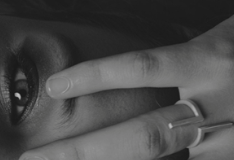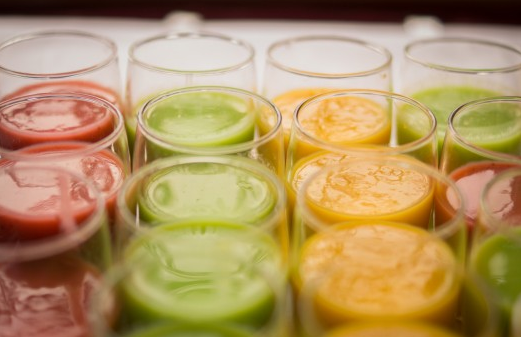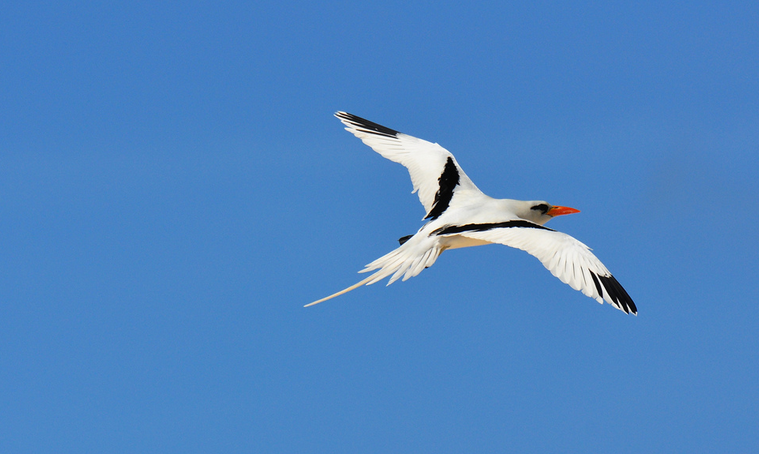The islands of Bermuda, home to the Atlantic's most northern mangrove forests, were once densely populated by these shrubs, saltwater ponds and a range of endemic, or native, animal and tree species. Subject now to increased human population as well as a growing tourism industry, natural habitat for plants and animals has shrunk, leaving a number of protected areas. Many of the islands' endemic species, which are found only in Bermuda, call these areas home today – read on to learn more.
White-Eyed Vireo (Vireo Griseus Bermudianus)
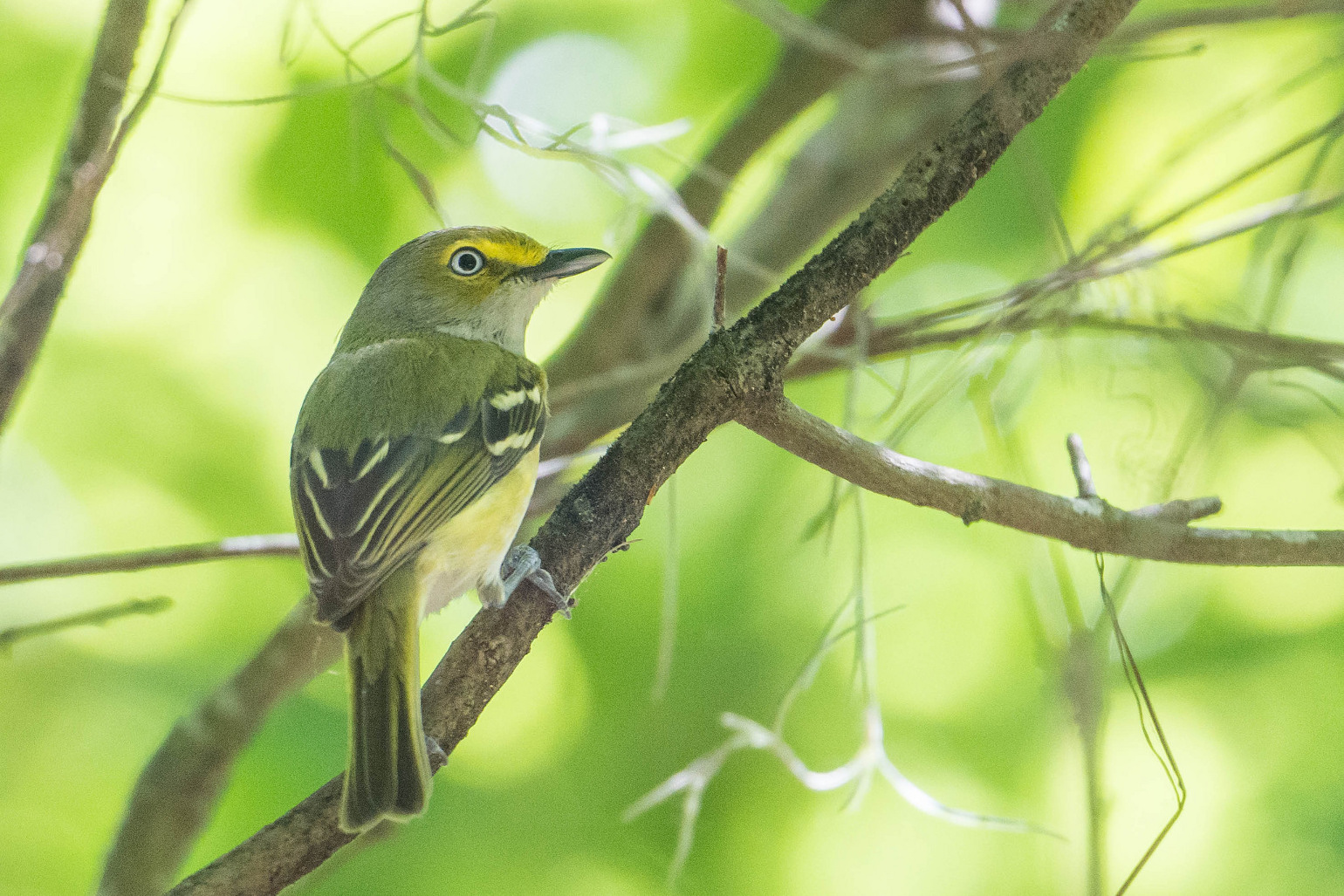
White-eyed Vireo (Vireo griseus), (c)Andrew Cannizzaro, CC BY 2.0
Appearance
Also called the “Chick-of-the-Village,” the White-Eyed Vireo is an endemic subspecies of the North American White-Eyed Vireo. Found only in Bermuda, these songbirds have shorter wings and are not as colourful as their counterparts to the north.
Diet and Habitat
White-Eyed Vireo are commonly seen in woodlands, shrubs and pastures throughout the island. 13 to 15 centimetres long, they have distinct yellow eye patches and yellow-white bellies, with greens tops and tails. Each wing has 2 white stripes. Their preferred diet is spiders and other insects.
Reproduction
The White-Eyed Vireo lays up to 5 eggs at a time. The eggs are incubated by both the males and females for up to 16 days, following which the hatchlings remain in the nest for less than 14 days.
Additional Information
Despite the population dwindling following the destruction of the cedars trees during World War II, Bermuda's population of these birds is still alive and well. The White-Eyed Vireo's song is very unique and said to say “chick tick wade chickero chick.”
Bermuda Petrel (Pterodroma Cahow)
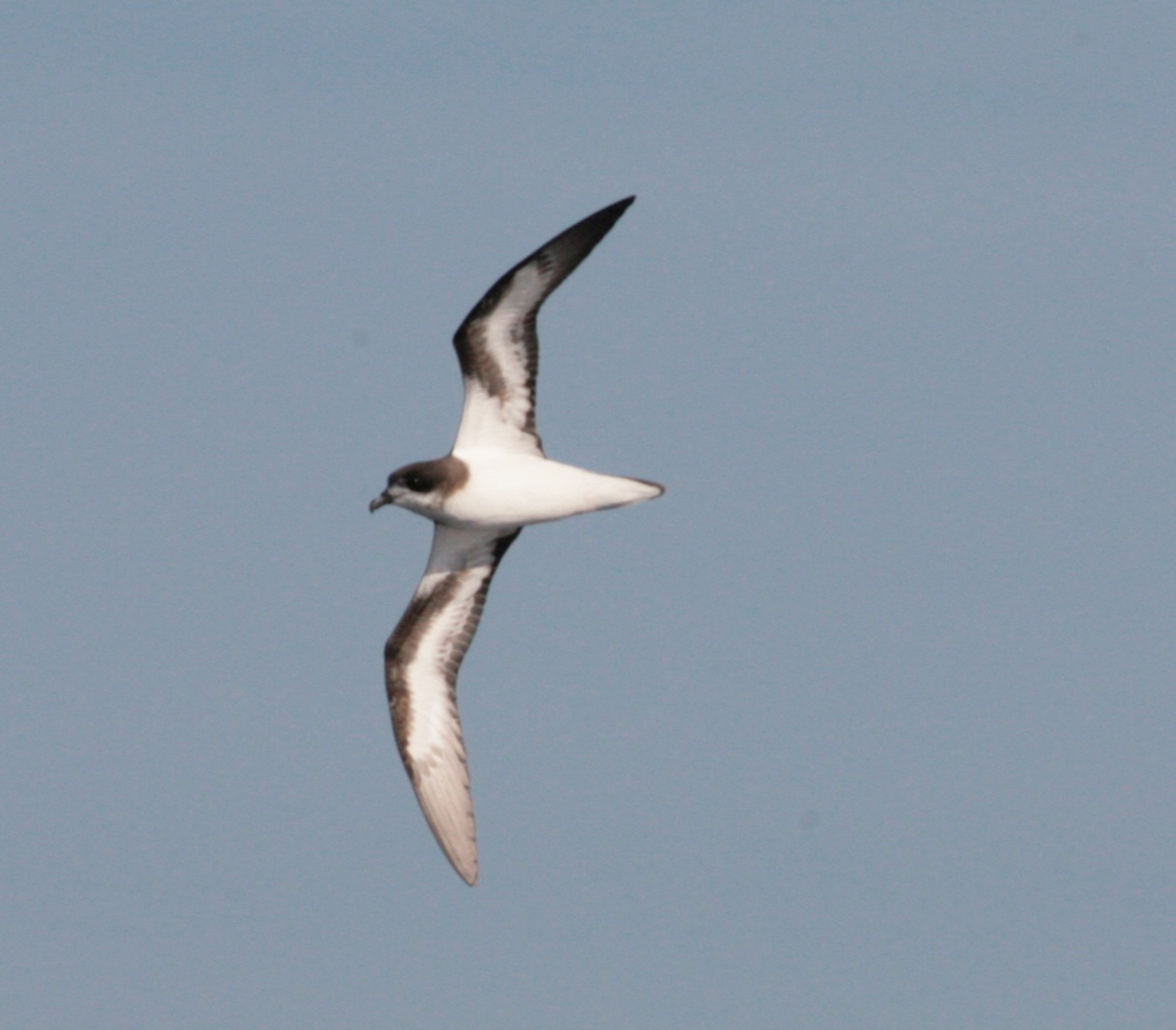
Bermuda Petrel, (c)n88n88, CC BY 2.0
Appearance
The Bermuda Petrel, also referred to as the Cahow, is the island's national bird. Medium-sized, it is black, grey and white in colour with long wings and a short black bill.
Diet and Habitat
A pelagic seabird, the Bermuda Petrel spends much of its life on the open ocean feasting on shrimp, small squid and fish.
Reproduction
The Bermuda Petrel visits land for nesting only, preferring dark underground burrows. Breeding occurs throughout January and June and nests are created by males after up to 4 years at sea. Females spend up to 6 years at sea before seeking a mate on land and laying a single egg. This species mates for life and typically returns to the same nesting site each year.
Additional Information
The Bermuda Petrel was believed to be extinct for close to 300 years until, in 1951, 18 nesting pairs were found in Castle Harbour. Following this discovery, intensive conservation efforts were initiated, including the Government's Cahow Recovery Programme, which supplies specially designed artificial nest boxes. In 2014, the number had risen to 108 nesting pairs – a significant improvement.
Bermuda Skink (Plestiodon Longirostris)
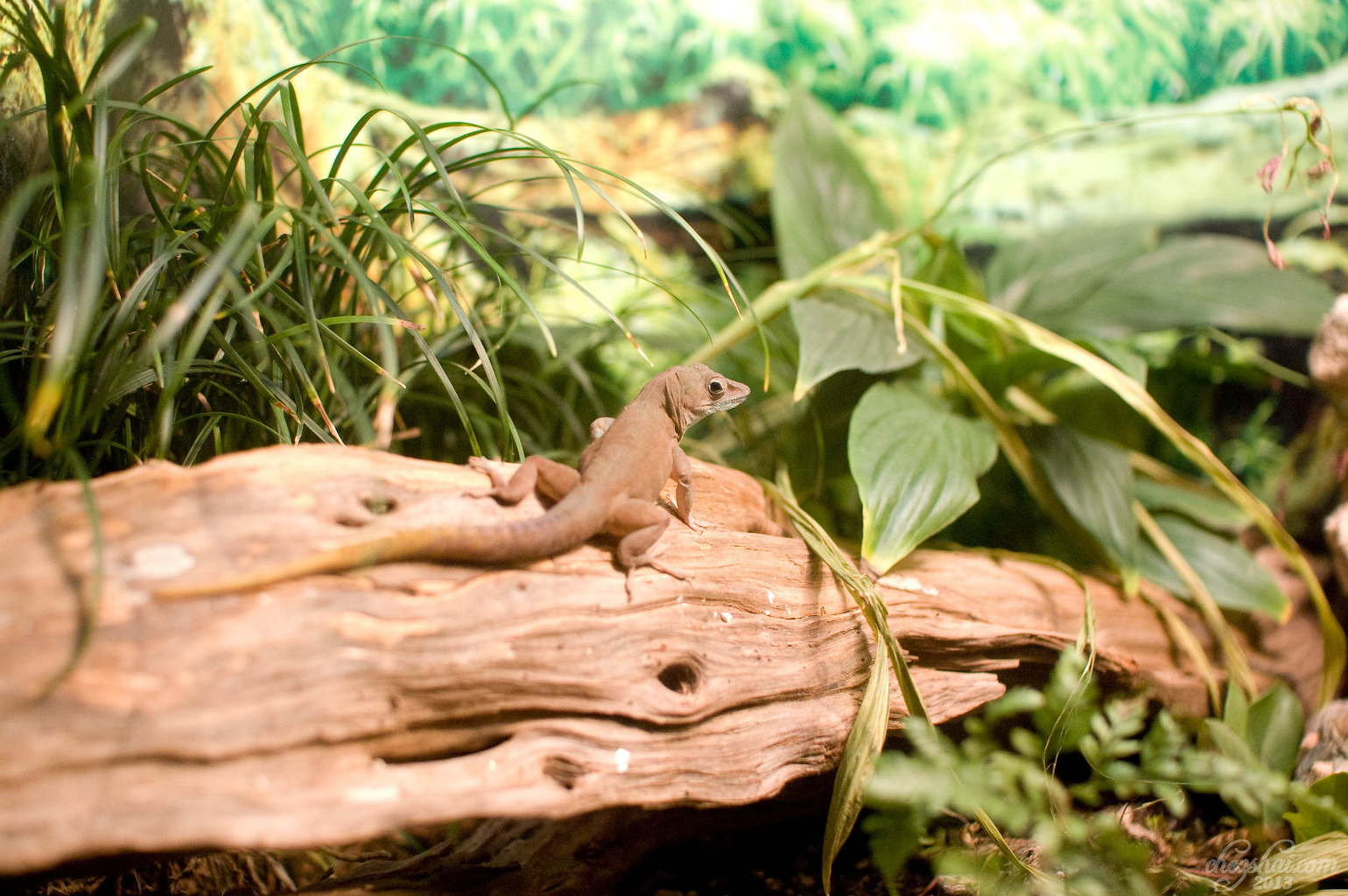
Skink?, (c)chezshai, CC BY-ND 2.0
Appearance
Also referred to as the Bermuda Rock Lizard, the Bermuda Skink is one of the world's rarest lizards and the only terrestrial vertebrate endemic to the island. They have an orange throat and cheeks, black or brown body scales and a light pink or gray belly. Juveniles are distinguishable by their black side stripes, which fade with age, while babies have a blue tail. This species typically grows to approximately 3 inches long.
Diet and Habitat
Found in small numbers throughout the islands, the Bermuda Skink is often seen along the rocky shoreline and sunbathing on rocks. Many favour the Castle Harbour Islands and Spittal Pond Nature Reserve. They feed on small terrestrial crustaceans and invertebrates such as beetles. Adults also feed on carrion, including dead seabird chicks and broken eggs.
Additional Information
Critically endangered, the Bermuda Skink is threatened by predators, habitat loss, pollution and human litter, and is protected under the 2003 Bermuda Protected Species Act. The Bermuda Aquarium, Museum and Zoo (BAMZ) has initiated the Bermuda Skink Project, which seeks to understand the ecology and behaviour of the species and develop a conservation management strategy. BAMZ also aims to begin captive breeding.
Bermuda Cicada (Neotibicen Bermudianus)
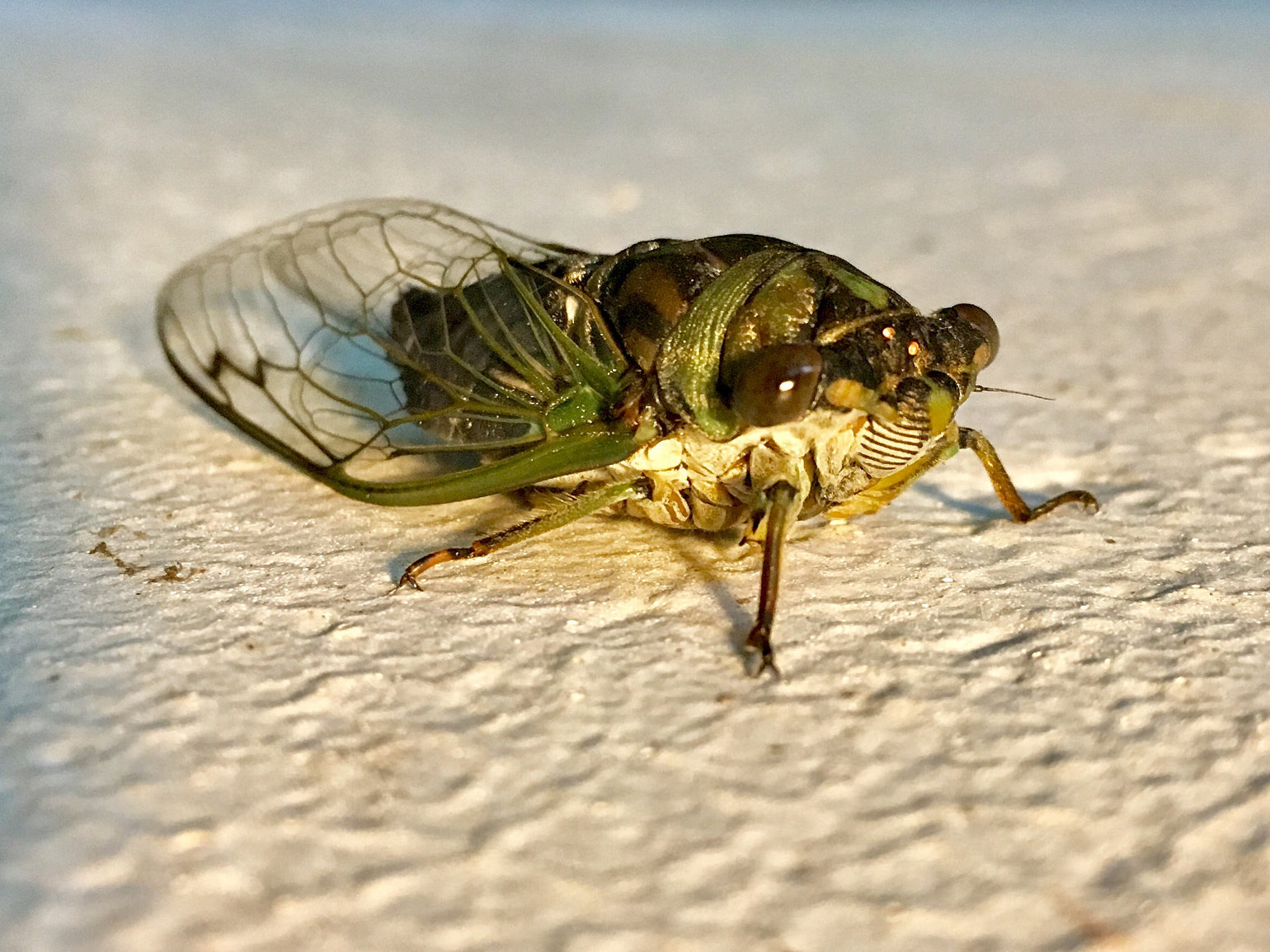
Cicada, (c)Counse, CC BY 2.0 (species similar in appearance)
Appearance
The adult Bermuda Cicada grows up to 2 inches long and has large eyes and long, transparent wings. They are dark in colour.
Diet and Habitat
Bermuda Cicadas, both as adults and babies, or nymphs, suck sap from the roots of trees. Adults live in and on trees, while nymphs burrow into soil.
Reproduction
Also called the Bermuda Singer, male Bermuda Cicadas make a distinct buzzing noise in order to attract females. Females lay their eggs on tree bark and, after hatching, the nymphs fall onto the ground and dig into the soil. Cicadas can stay in this form for up to 17 years before emerging as an adult, moulting and taking flight. The Bermuda Cicada has the longest life cycle of any insect.
Additional Information
The Bermuda Cicada is considered to be almost extinct, as the population depended largely on the Bermuda Cedar trees that died off in the 1940s. The last record of a Cicada being heard in Bermuda was on Nonsuch Island in the 1990s.
Bermuda Buckeye Butterfly (Junonia Coenia Bergi)
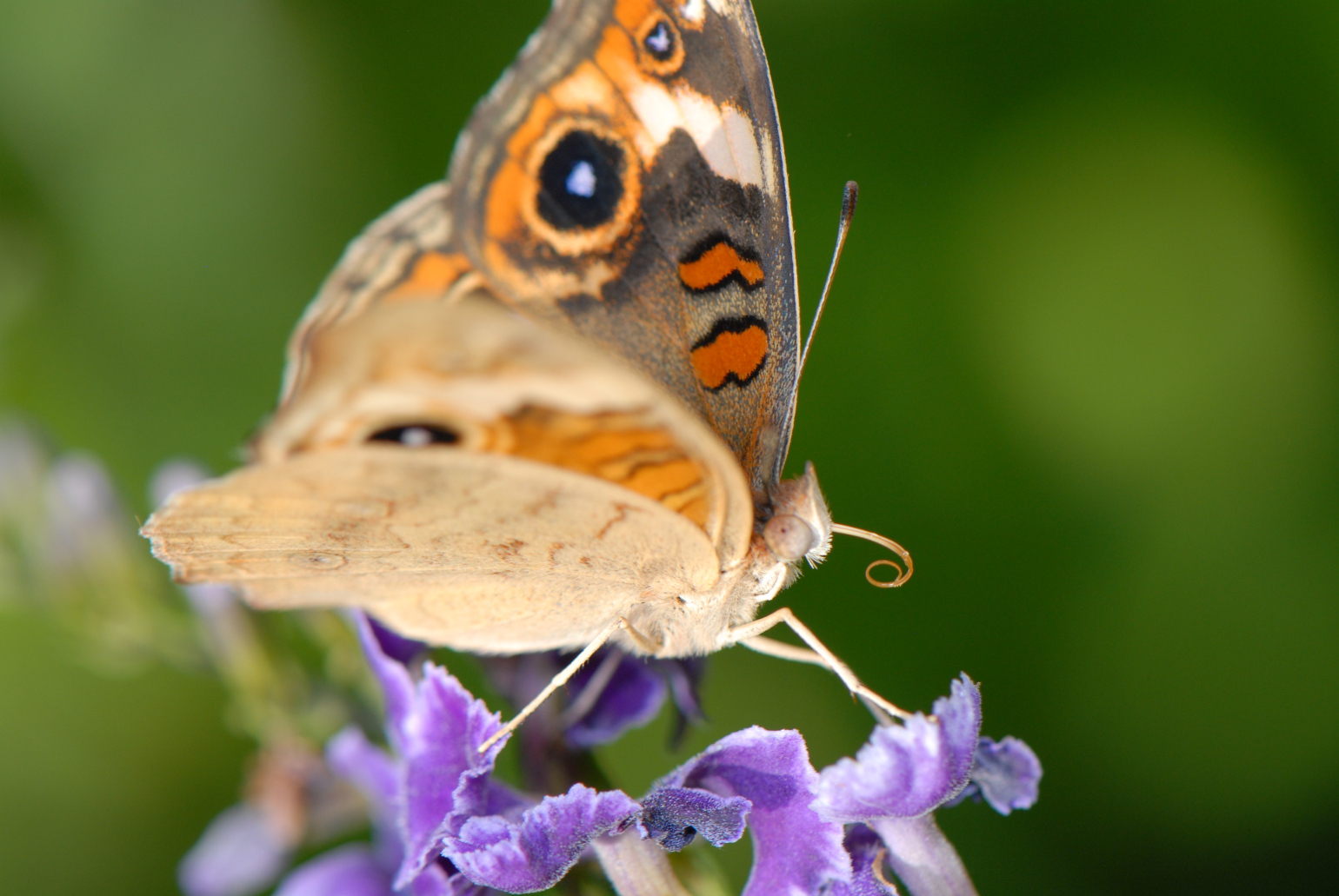
Junonia coenia bergi (Avinoff) - Bermuda buckeye, (c)Sam Fraser-Smith, CC BY 2.0
Appearance
A subspecies of the Buckeye Butterfly, the Bermuda Buckeye Butterfly is the island's only endemic butterfly. Olive-brown in colour, its forewings have yellow-white marks surrounding a large eyespot, with a second, smaller eyespot towards the wing tip. The discal cell features two red chevrons its hind-wings each bear a large and small eyespot. The colour of the underside of the hindwing varies according to season, brown in summer and pink or red in fall.
This species' wingspan reaches up to 7cm and, as a caterpillar, it is approximately 5cm long, black and furry.
Diet and Habitat
You'll find the Bermuda Buckeye Butterfly in sunny, open areas of the island, typically with low vegetation. The caterpillar eats Plantain and Capeweed, which are common lawn weeds, while the butterfly drinks nectar from a range of flowers.
Reproduction
Female Buckeyes lay their eggs on the Plantain weed's leaf buds or on the upper side of its leaves. Typically, this butterfly produces at least 2 generations per year.
Additional Information
Bermuda Buckeye Butterflies are seen all year round in Bermuda and allowing Plantain and Capeweed to grow freely on your lawn is a great way to attract them. Males are known to patrol their territories and even chase other insects away.
Bermuda Land Snails (Poecilozonites Sp.)
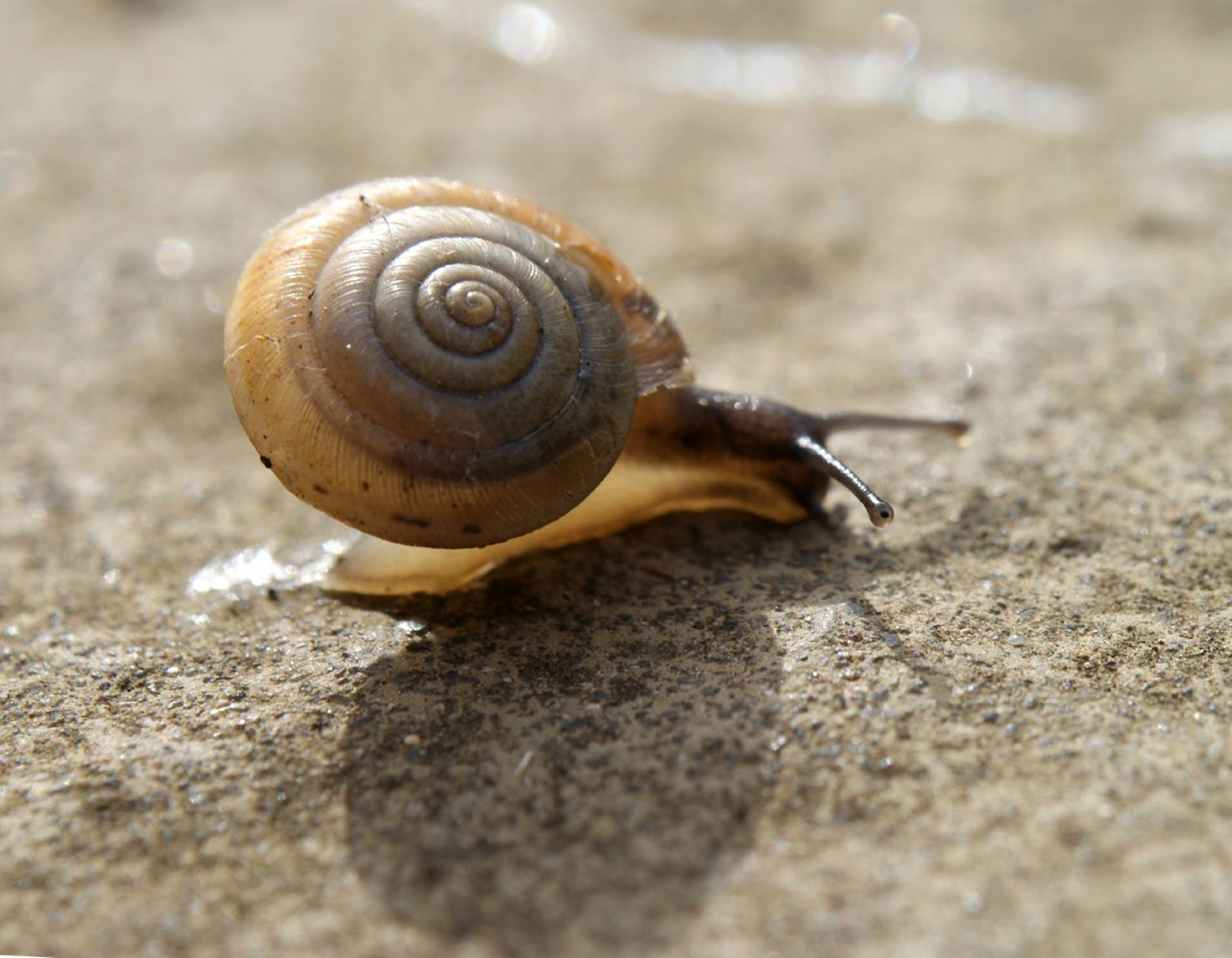
Snail, (c)Andy Powell, CC BY 2.0 (species similar in appearance)
Appearance
An adult Bermuda Land Snail (Poecilozonites Bermudensis) grows to approximately the size of a 5-cent coin.
Additional Information
Bermuda is home to 4 endemic species of Land Snails, Poecilozonites Nelsoni, Poecilozonites Reinianus, Poecilozonites Circumfirmatus, and Poecilozonites Bermudensis. The former species are extinct, while the latter species are rare. The Poecilozonites Circumfirmatus is Critically Endangered while the Poecilozonites Bermudensis, once thought to be extinct, was found as recently as 2014.
The Zoological Society of London has successfully bred a small number of Poecilozonites Circumfirmatus. This species is protected in Bermuda under the 2003 Protected Species Act and the Protected Species Recovery Plan, published by the Government of Bermuda Department of Conservation Services in 2010.
In 2014, a colony of Poecilozonites Bermudensis were found in the City of Hamilton. Poecilozonites colonized Bermuda over 300,000 years ago and make up an astounding 95% of the terrestrial fossils found on the island.
Bermuda Cave Shrimp (Mictocaris Halope)
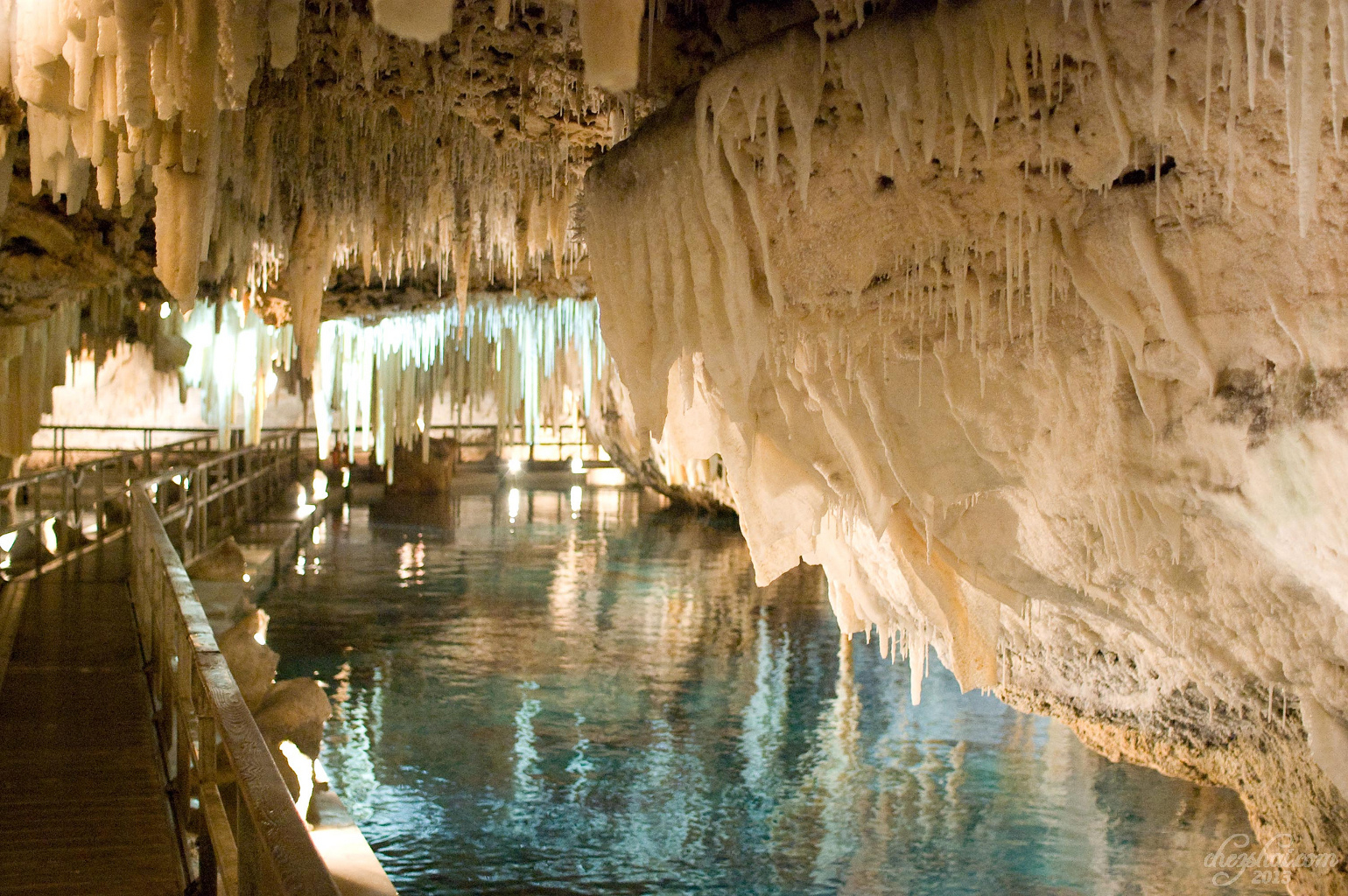
Crystal Cave, (c)chezshai, CC BY-ND 2.0
Appearance
Discovered by explorers in 1985, the Bermuda Cave Shrimp is blind, unpigmented and tiny, growing up to 3.5mm long.
Diet and Habitat
The Bermuda Cave Shrimp is a stygobitic species that exists only in island caves full of water. They avoid daylight and prefer to swim rather than walk or rest. They have been found in Crystal, Green Bay, Roadside and Tucker's Town Caves in Bermuda. This species' diet is unknown but filter feeding is a possibility.
Additional Information
Critically endangered, Bermuda Cave Shrimp are threatened by water pollution due to trash, chemicals and sewage as well as quarrying.
Bermuda Killifish (Fundulus Bermudae)

Lucania goodei (Bluefin Killifish), (c)Brian Gratwicke, CC BY 2.0 (species similar in appearance)
Appearance
Female Bermuda Killifish are olive green or brown in colour, with dark vertical stripes and a pale underside, while their smaller male counterparts are more brightly coloured with a yellow underside. This species is small is size, typically growing to approximately 6 centimetres.
Diet and Habitat
Euryhaline creatures, Killifish can live in salt or freshwater and take up residence in a number of brackish freshwater ponds and marshes in Bermuda, including Evan's Pond, Mangrove Lake, Trott's Pond and more. They feed on pond sediment, plant material, insects and shrimp.
Reproduction
Over a number of days during the summer, females Killifish lay their eggs one by one. Baby Killifish, or fry, hatch within a period of several weeks. During breeding season, a dark eyespot can be seen on the dorsal fin of male fish.
Additional Information
The Bermuda Killifish population is threatened by predation, pollution, competition and degradation of habitat. It is a protected species.


